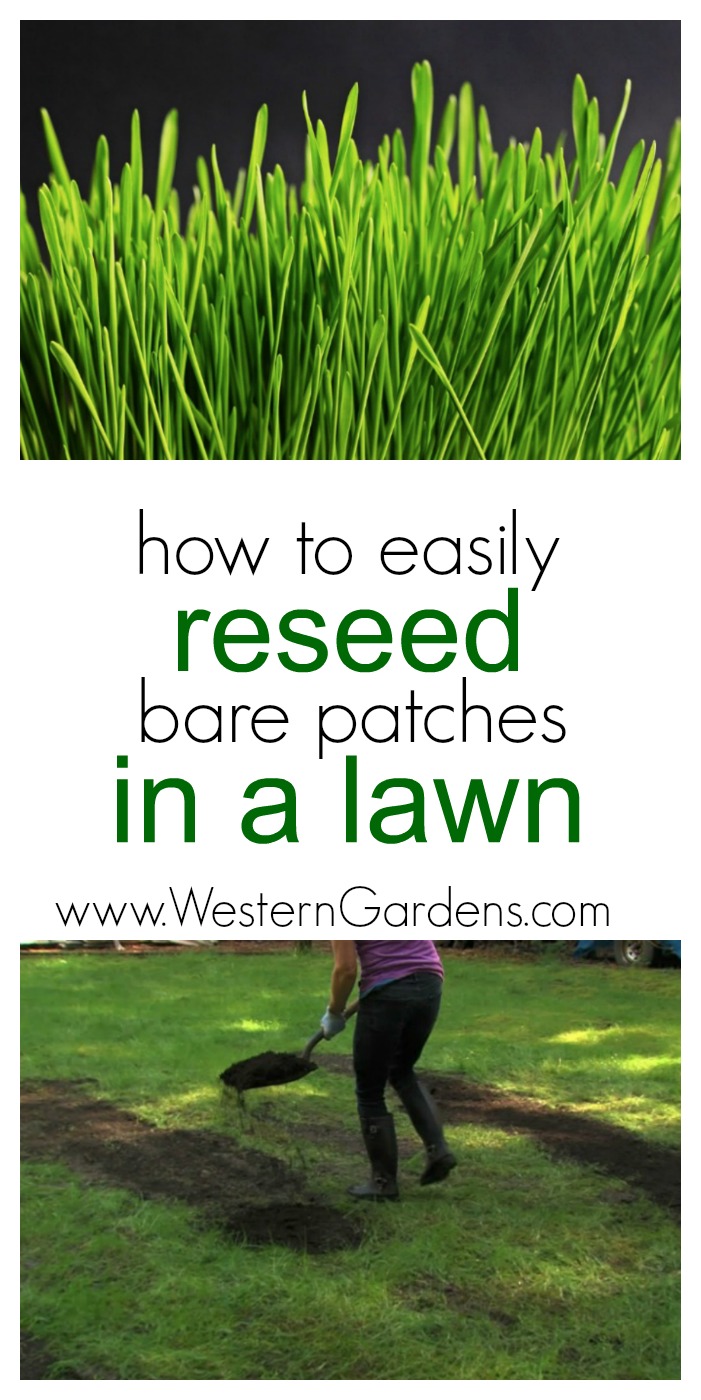Welcome, thanks for stopping by!
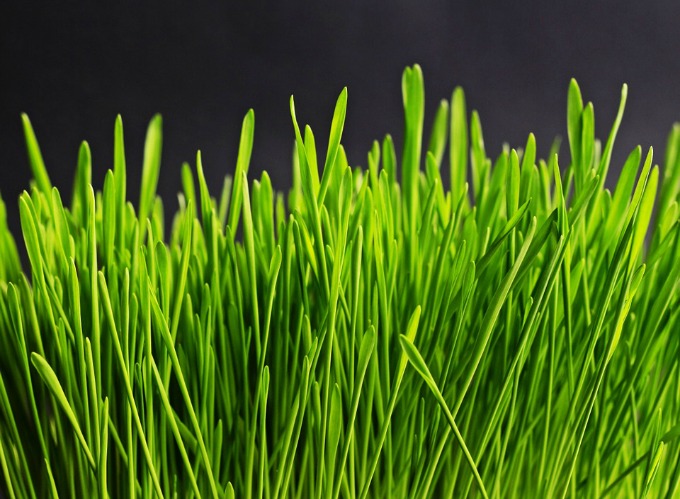
Have you ever had bare patches in your lawn that you weren’t quite sure what to do with? I’m here to help! I’ve put together a list of easy instructions to help get your lawn back in shape.
I’ve decided that lawns, like people, have unique personalities. I’ve had lawns that were resilient, with turf that endured kids and a dog, yet still came back lush and full each spring.
Our current lawn is the exact opposite. It’s moody, and reactive, affected by the slightest change in the environment. We’ve reseeded every year, but our lawn is stubborn and resistant, always leaving just enough bare patches that we must repeat the practice the following year.
If you’re dealing with a stubborn, angsty lawn with bare patches, I’ve put together my best tips for reseeding it!
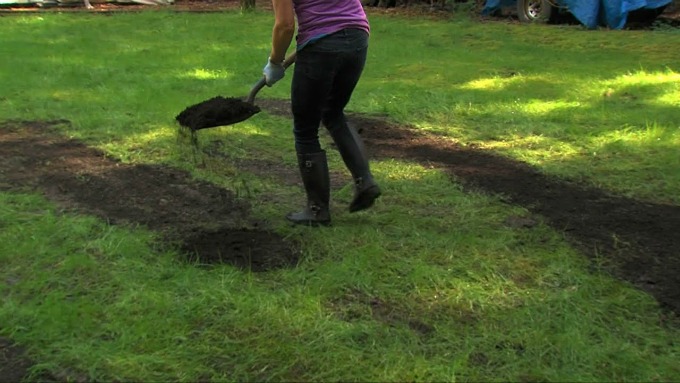
How To Reseed Bare Patches In A Lawn:
- The best time to reseed and repair bare spots in the lawn is in the spring, when the ground temperature is approximately 52 degrees.
- Before you lay down any seeds, make sure that fungi, grubs, or other pests aren’t the cause of your bare patches. If they are, then address those problems first.
- After determining that the area is free from pests, use a spade to dig approximately 6” into the dirt where you you want to seed. Break up the soil and dirt clumps.
- Mix a quality topsoil into the area. This will improve the soil quality and give the seeds a healthy head start.
- Rake the soil and dirt together, then tamp it down so that the repair area is level with the rest of the lawn.
- Apply your grass seed in a thin layer over the area. Seed may be applied on its own, or in combination with a fertilizer (do NOT use a pre-emergent fertilizer, it will prevent your seeds from germinating). You may also consider a lawn patch product that combines seed, fertilizer, and mulch in one.
- If you apply seed on its own, cover it with mulch to retain moisture and protect it from birds. Straw is an excellent, inexpensive choice.
- Water the area well.
- Continue to water the area regularly, once or twice daily. You will want to keep the area moist, but not drenched.
- After the new grass is well established, apply fertilizer. When grass is approximately ⅓ higher than your normal mowing height, include the area in your lawn mowing routine.
- Monitor the area for the rest of the season to ensure no further problems.
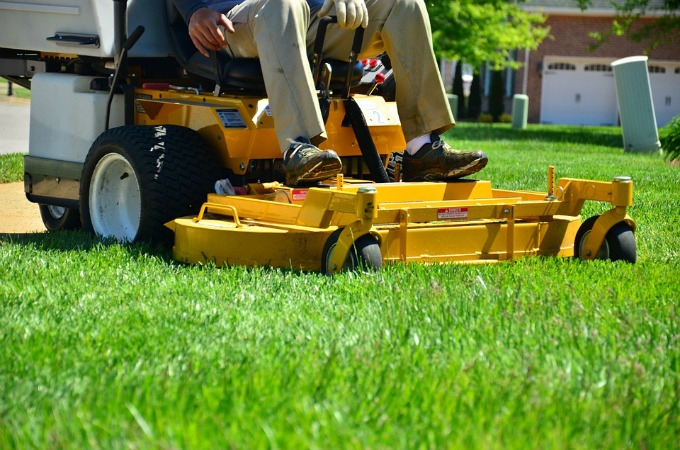
Have you ever had to reseed bare patches in your lawn? Tell us about it in the comments below!
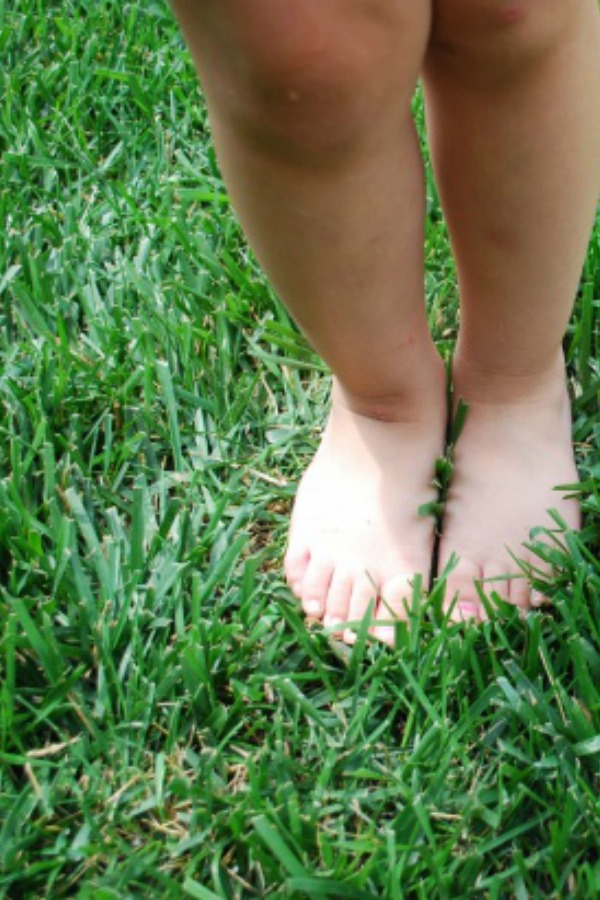
Images:
Barefeet in Grass: Public Domain Pictures
Lawnmower & Grass: Pixabay
Topsoil on Grass: YouTube
Heather Leister
Latest posts by Heather Leister (see all)
- Celebrate the Potato in September - September 2, 2017
- Five Green Veggies for Fall Gardens - July 28, 2017
- Vegetables to Plant in July and August in Your Garden - July 20, 2017
